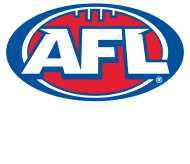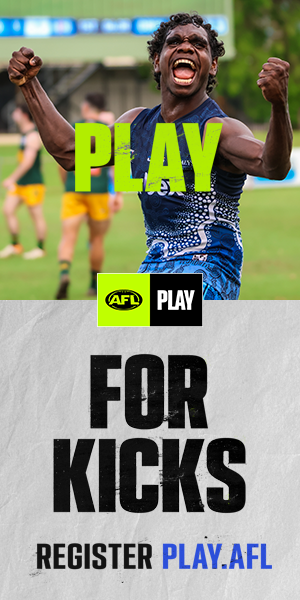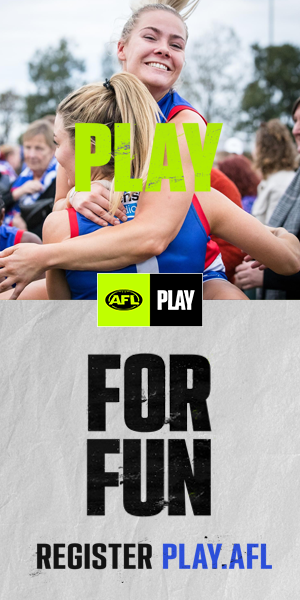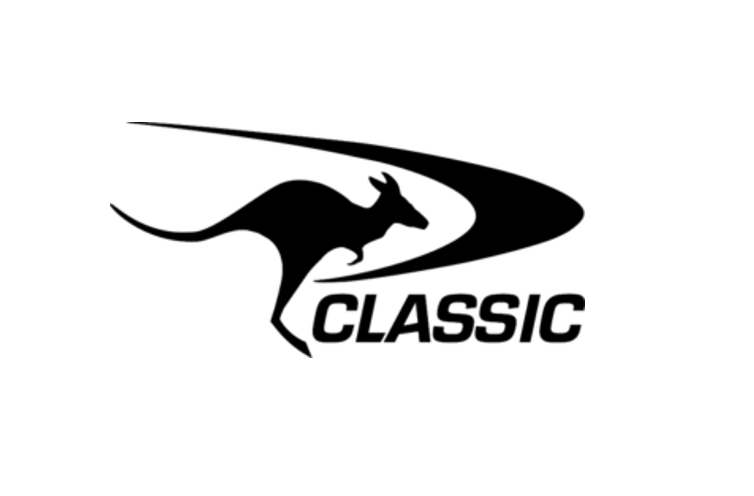Jim Conlon was a Wilston-Grange star of the 1950s and ‘60s who had the distinction of winning the club’s first Grogan Medal – 30 years after three clubmates had won the League’s highest honour a combined five times.
In one of football’s weird and wonderful stories, Conlon tied in the 1960 medal vote count with Morningside’s Merv Dihm only to lose on a countback. It was how things were done at the time, so he moved on and celebrated when good mate Keith Leach won the Grogan in 1961-62 ahead of Merv Appleyard in 1968, and Barry Clarke in 1972 and 1976. He also sympathised with Grange’s Ken Garcia in 1969 when Garcia suffered a carbon copy of his own fate, beaten on a countback by Morningside’s Terry Johnston.
About 30 years on, the QAFL decided to award shared medals in the event of a tie, following a similar practice interstate. Retrospectively, Conlon became the ‘first’ Grogan Medallist at Grange, slotting in at the top of the proud list as Garcia was added between Appleyard and Clarke.
It was an albeit belated highlight of a football career that began at Wilston State School, spanned 20 years from juniors seniors before his retirement in 1969, and a further 20 years off-field.
In 1949, he joined what was initially the Wilston Football Club when it was formed in 1945 and became Wilston-Grange in 1947. He won the Best and Fairest Award in an Under 18 team that won the club’s first premiership in 1953, and in 1954 at 18 was runner-up in the senior best and fairest one vote behind Allan Ahlberg. He won the ‘Most Improved’ award and was named in the Queensland side to play VFL club Essendon.
In 1955 he won the senior best and fairest in the club’s first senior premiership, and claimed the first and only Grange hat-trick when crowned club champion again in 1956-57. He was club vice-captain in 1957-58 and from 1962-65 after being captain of the club in 1959-60.
Not especially tall or quick, he was regarded as the most elusive player to pull on the red, white, and blue of the Gorillas and had immaculate skills. Having started his senior career on the wing, he later played in the centre and at times at half back and half forward. In 1964, after a bad run with injury, he played the last two games at full forward, kicking four goals and then six against eventual premiers Coorparoo in the last two games.
A genuine utility player in an era when most were strictly one-position specialists, he played seven games in 1965 before a bad knee forced his retirement. In each of the three following years he played one game in the Reserves in a would-be comeback, but his knee was past it. Or so they thought.
In 1969 he tried again, and after time in the reserves, was still good enough on one leg in his mid-30s to win a spot in a side that went on to win the premiership. Sadly, three senior games were all his body could give him.
In representative football, he was selected in the Queensland squad for the 1958 Centenary Carnival in Melbourne, was a member of the state team that played in Sydney in 1959 and against Canberra at the Gabba in 1963, and probably other games in an era when details are sketchy.
He later was a prominent member of the Grange Old Boys, and with wife Hazel was ever busy in committee matters and fund-raising. She famously started a practice whereby the wives would knit matching red, blue and white cardigans, while it is also said in the archives Jim may possibly have had a role to play in launching what became quite fruitful two-up nights for the club.
“I’ve got nothing but good memories of Wilston-Grange. To me they came first, second and third,” he said, still with a sharp mind and a quick wit at 88 and happy to rate Barry Clarke the best Grange player he’s seen. “He was an exceptional player – could do anything,” he said, by a whisker from club legend Syd Guildford.
A trained electrician who later had 10 years selling cars for Leach Motors, Conlon moved in 1974 from his long-time home on Webster Road at Stafford, just near Hickey Park, to Dakibin where he turned his attention to his other sporting love – greyhound racing. Then it was on to Beachmere, north of Brisbane for better training conditions. He had 30 years as a trainer at Lawnton Raceway, twice winning the training premiership. His best dogs? There was ‘Truly Oolie’ and ‘Another Sal’, and “one other really good one – that’s annoying – I can’t remember his name,” he said.
Having lost Hazel, the love of his life, in 2003, he lives by himself on 20 acres at Beachmere but says “I’m a long way from the beach – it’s more like Caboolture”. Disappointed authorities are about to cancel his driver’s licence, he says “I don’t do too much these days – I’m in cruise control” but he enjoys watching the football on television and is a keen Brisbane Lions fan.



























































